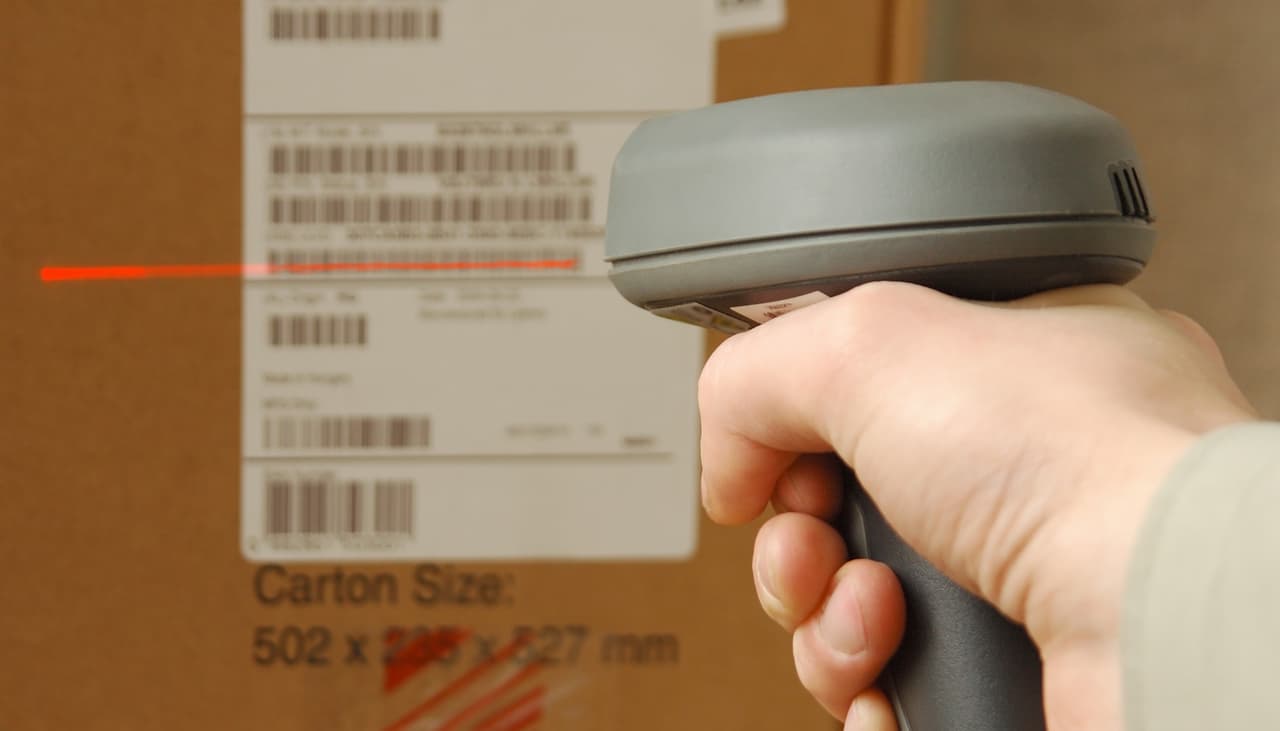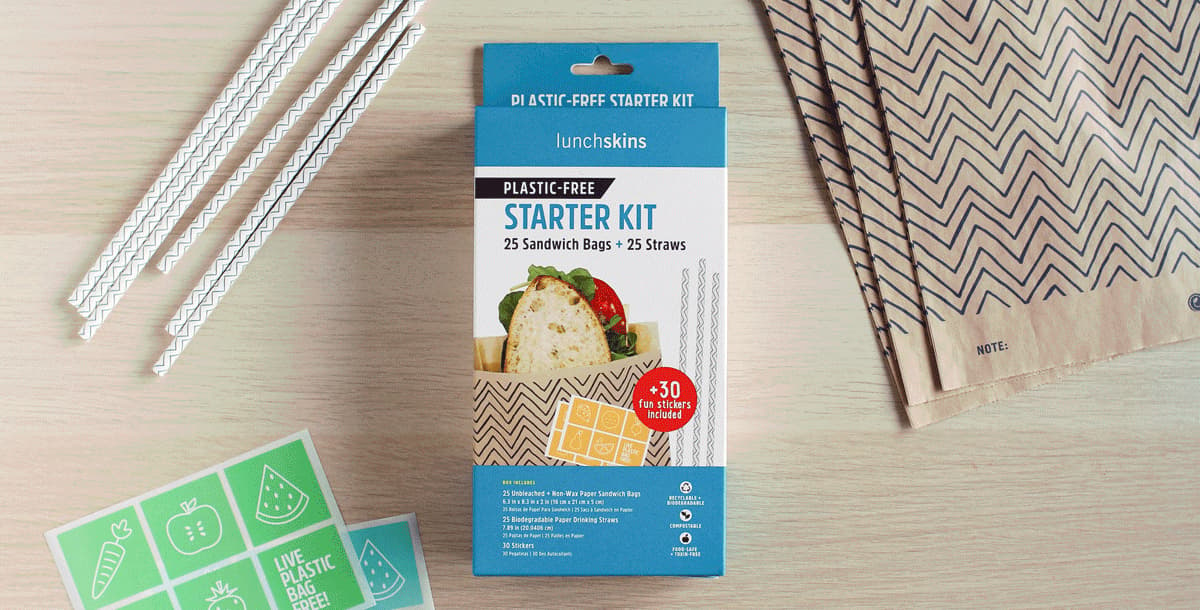Anti-counterfeit solutions will increase in use through 2026, according to a report by Smithers. Photo courtesy of Getty Images/UltraONEs

A new Smithers report, "The Future of Anti-Counterfeiting, Brand Protection & Security Packaging to 2026," shows demand for anti-counterfeit technology, including track and trace, tamper-evidence, product authentication and others will reach $3.25 billion this year. The pandemic is contributing to an accelerated forecast compound annual growth rate (CAGR) of 5.6% for 2021-2026, yielding a total market value of $4.26 billion in that year.
This study finds that demand will continue to grow even in Europe and North America, which are largely static markets for standard packaging.
In 2020, the global pandemic and the rise of e-commerce selling led to a rise in fake goods. In cosmetics and personal care, for example, there are reports of a 56% increase in counterfeit products sold via online channels.
As well, fears over shortages of medicines, pharmaceuticals and now vaccines in many regions have led to a greater availability of counterfeit goods, against which consumers need protection. This is increasing the use of anti-counterfeiting solutions, including more interest in mandated track-and-trace schemes from governments.
Smithers’ analysis tracks the value of individual components within these changing and increasingly digitized supply chains. Over the next five years it forecasts:
• A surge in demand for printed coding (such as QR codes), RFID circuitry and covert taggants used in traceability systems
• Further use of specialty inks and diffractive optically variable image devices (DOVIDs) in product authentication
• The fastest growing tamper-evident components will be blister packaging, film wrap and security-grade high-strength adhesives; but overall the segment will grow at below the market mean
• The slowest growth will be seen in anti-theft technologies, reflecting the reduced use of physical retail over the forecast period, and a transition to more digital technologies
• While consumer segments are a focus for legislators, the business threat of counterfeit parts will make industrial goods—already the second largest segment—the fastest growing application to 2026.
Anti-counterfeit solutions increasing in use

Prinova, a provider of ingredients, flavors and nutrient premixes, creates an innovative e-commerce experience with the launch of its new website. Photo courtesy of Prinova
Prinova, a worldwide provider of ingredients, flavors and nutrient premixes, has created an innovative e-commerce experience with the launch of its new website. Part of a complete global site launch, the regional experience in the U.S. and Canada features access to live pricing, regulatory documents and extensive data on 400+ ingredients. It's a unique digital feature for ingredient distribution and could enhance the expanding industry.
Users will have access to delivered pricing that will be calculated in real time, along with a personalized dashboard that will provide updates on shipping and logistics. The new site also allows customers to search ingredients by key criteria like application and health benefits, request quotes and samples, track orders, access critical market insights and more.
E-commerce website offers digital ingredient purchasing

A new app allows for weighing and measuring individual cannabis plants offline. Photo courtesy of GrowFlow
GrowFlow, a business management and compliance solution for cannabis wholesalers and retailers, debuted Harvest, a new mobile app that enables its customers to precisely weigh and measure individual harvested plants while offline or away from a computer. The app integrates with Bluetooth technology to connect with both scanners and scales.
Precision and accuracy are of the utmost importance when it comes to cannabis inventory management practices and government-run cannabis tracking. A large number of states use Metrc, a state-mandated software application for tracking cannabis production and products in the cannabis industry, to facilitate cannabis compliance data reporting. Each state has slightly different reporting requirements based on their unique regulations, and staying compliant within Metrc can consume all of a business' time and attention.
To be compliant in most Metrc states, cannabis plants must be weighed individually. With Harvest, customers can weigh plants individually through a connected scale while offline, syncing it with GrowFlow later on.
Harvest mobile app launches for cannabis growers

Lunchskins is a new non-plastic line of lunch bags and straws sold at Target stores. Photo courtesy of Lunchskins
Lunchskins™ has launched Lunchskins Bags + Straws Plastic-Free Starter Kit, a new addition to the brand’s paper line in Target stores nationwide. The kit features 25 recyclable and sealable paper sandwich bags and 25 long-lasting biodegradable paper straws. All of Lunchskins' paper products are made from pure wood pulp that is FSC-Certified (FSC® C163845).
"We are thrilled to launch our new Plastic-Free Starter Kit with Target, for back-to-school. Consumers are looking for products that do good for people and the planet. Target understands the need to offer affordable, high-quality sustainably minded products like Lunchskins," said Kirsten Quigley, CEO and founder, Lunchskins.
The convenient quantity and affordability support the growing consumer demand for eco-friendly alternatives to plastic. As people are now back to work, school, travel and on-the-go, Lunchskins is a great choice for those looking to reduce their plastic footprint. Retails at $6.99.
Sustainable lunch packaging for back to school



